Home>Interior Design>10 Interior Design Trends That Will Shape Our Spaces In 2024
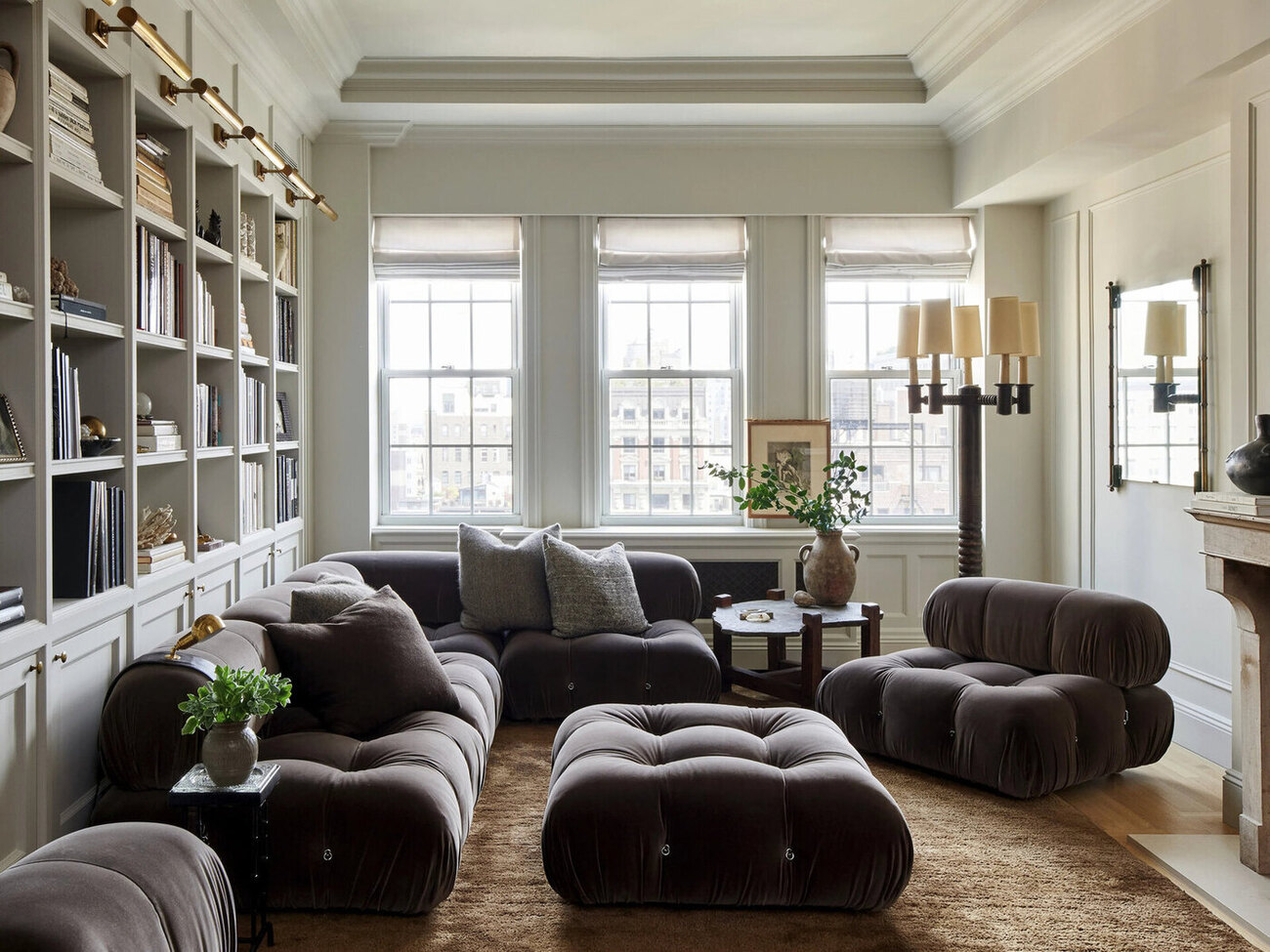

Interior Design
10 Interior Design Trends That Will Shape Our Spaces In 2024
Modified: January 21, 2024
Discover the top 10 interior design trends that will transform your spaces in 2023. Stay ahead of the curve with the latest in interior design.
(Many of the links in this article redirect to a specific reviewed product. Your purchase of these products through affiliate links helps to generate commission for Storables.com, at no extra cost. Learn more)
Introduction
Welcome to the world of interior design, where creativity, functionality, and aesthetics blend together to transform ordinary spaces into extraordinary havens. As we step into 2023, we embark on a journey to explore the top interior design trends that will shape our living spaces. From sustainable materials to personalized interiors, there’s a wealth of exciting ideas and concepts to inspire your next home makeover.
Interior design is much more than just selecting colors and furniture. It’s about creating an environment that reflects your personality and enhances your well-being. With each passing year, new trends emerge, influenced by environmental concerns, technological advancements, and evolving lifestyle preferences. So let’s dive into the trends that will dominate the interior design scene in 2023.
Key Takeaways:
- Embrace sustainability and biophilic design to create a harmonious and eco-conscious living space in 2023, integrating nature, sustainable materials, and energy-efficient technology for a healthier planet and a serene home sanctuary.
- Infuse your living space with personalized and customized interiors, incorporating vintage and retro decor, bold patterns, and multi-functional furniture to create a unique, visually captivating, and emotionally resonant home that reflects your individuality and personal style.
Sustainable Materials and Design
In an era of increasing environmental consciousness, sustainable design has become a top priority in interior design. This trend focuses on incorporating materials and practices that have a positive impact on our planet. From eco-friendly furniture to energy-efficient lighting, sustainability is not just a buzzword—it has become a fundamental principle of modern interior design.
One of the key aspects of sustainable design is the use of natural and renewable materials. Bamboo, cork, reclaimed wood, and recycled metal are just a few examples of materials that are eco-friendly and visually stunning. These materials not only add a touch of warmth and character to a space but also minimize the carbon footprint of your interiors.
Another facet of sustainable design is energy efficiency. With the advancement of smart technology in the home, it has become easier than ever to optimize energy usage. Installations such as energy-saving appliances, smart thermostats, and automated lighting systems not only reduce your carbon footprint but also save you money on utility bills.
Beyond materials and energy usage, sustainable design also promotes ethical and responsible production practices. This means supporting companies and artisans who prioritize fair trade, ethical sourcing, and social responsibility. By choosing products that align with these values, you can create a space that not only looks beautiful but also positively impacts communities around the world.
When it comes to sustainable design, it’s important to consider the lifecycle of the materials and products you choose. Opt for items that are durable, long-lasting, and easily recyclable. This not only reduces waste but also ensures that your interiors will withstand the test of time.
By embracing sustainable materials and design principles, you not only contribute to a healthier planet but also create a home that is in harmony with nature. This trend is more than just a passing fad—it’s a philosophy that will continue to shape the future of interior design.
Biophilic Design
In our fast-paced and urbanized world, reconnecting with nature has become increasingly important. Biophilic design is a trend that aims to bring the beauty and tranquility of the natural world into our interior spaces. By incorporating elements of nature, such as plants, natural light, and organic materials, biophilic design creates a harmonious and rejuvenating environment.
Plants play a central role in biophilic design, bringing the freshness and vitality of the outdoors inside. From lush greenery to statement houseplants, incorporating plants into your space not only adds visual appeal but also improves air quality and boosts overall well-being. Vertical gardens and living walls have also gained popularity, allowing you to create a mini oasis within your home.
Natural light is another crucial aspect of biophilic design. Maximizing the use of windows, skylights, and glass partitions allows ample natural light to flood your interior spaces. This not only reduces the need for artificial lighting but also creates a connection between the indoors and the outdoors, enhancing the sense of openness and serenity.
Using organic materials is another way to infuse biophilia into your design. Natural wood, stone, and earth-toned materials not only add warmth and texture but also invoke a sense of grounding and tranquility. Incorporating textures and patterns inspired by nature, such as leaf motifs or floral prints, further enhances the connection to the natural world.
In addition to plants, light, and materials, sound and scent also play a role in biophilic design. The soothing sound of a water feature or the subtle fragrance of essential oils can create a multisensory experience that transports you to a serene natural setting.
Biophilic design goes beyond aesthetics—it has been proven to have tangible benefits for our well-being. Studies have shown that exposure to nature and natural elements can reduce stress, improve focus and productivity, and promote a sense of calm and relaxation.
By embracing biophilic design, you not only create a visually pleasing space, but you also create a sanctuary that nurtures your mind, body, and soul.
Minimalist Spaces
In a world filled with constant stimulation and clutter, minimalist design offers a breath of fresh air. This trend focuses on simplicity, functionality, and the elimination of unnecessary elements in interior spaces. Minimalist design embraces clean lines, a neutral color palette, and a clutter-free environment to create a sense of calmness and serenity.
One of the core principles of minimalist design is the reduction of excess. This means decluttering your space and only keeping items that serve a purpose or bring you joy. The minimalist approach encourages a more intentional and mindful way of living, where quality and functionality take precedence over quantity.
To achieve a minimalist look, start by selecting a neutral color palette. Shades like white, beige, or gray create a sense of openness and tranquility. Incorporate pops of color sparingly, using them as accents to add interest and visual contrast.
When it comes to furniture and accessories, less is more in minimalist design. Choose pieces with clean lines and simple silhouettes. Opt for storage solutions that are sleek and hidden, helping to keep surfaces clutter-free and maintaining the minimalist aesthetic.
Lighting is also a crucial element in minimalist spaces. Natural light is preferred, so maximize windows, remove heavy curtains, and allow sunlight to flood the room. When artificial lighting is necessary, opt for minimal fixtures that blend seamlessly into the space.
Minimalist design is not about creating a sterile environment but rather a space that is calm, inviting, and conducive to relaxation. Incorporate soft textures like natural fabrics and add touches of warmth through wooden accents or cozy rugs.
Ultimately, minimalism is a mindset—a conscious choice to simplify our lives and focus on what truly matters. By embracing minimalist design, you create a sanctuary that allows you to unwind, recharge, and find peace in the midst of the chaos of modern living.
Earthy Tones and Natural Colors
Nature has always provided a rich palette of colors and inspiration for interior design, and in 2023, earthy tones and natural colors are making a strong comeback. These colors evoke a sense of warmth, harmony, and connection to the natural world.
Earthy tones such as warm browns, soft beiges, deep greens, and muted yellows create a calming and grounding effect in a space. They bring a sense of balance and tranquility, making them perfect for creating a soothing and inviting atmosphere.
One popular way to incorporate earthy tones is through natural materials. Wood, in particular, is a favorite choice as it adds warmth, texture, and a dose of nature to any space. Whether it’s hardwood floors, wooden furniture, or even wood-paneled walls, incorporating this material instantly brings an earthy and organic feel to the room.
In addition to wood, other natural materials such as stone, clay, and rattan can be used to infuse earthy tones into your design. From a stone fireplace surround to clay pots and rattan furniture, these materials add an authentic and organic touch to your space.
When using earthy tones and natural colors, it’s important to strike a balance. Too many dark or saturated colors can make the space feel heavy and gloomy, while too many light or pale colors can make it appear washed out. Aim for a harmonious combination of warm and cool tones that complement each other.
Earthy tones and natural colors also pair well with other design trends, such as biophilic design and minimalist spaces. Imagine a minimalist living room with a neutral color scheme accented by pops of green plants and earthy brown accessories—it creates a serene and cohesive space.
By incorporating earthy tones and natural colors into your interior design, you not only create a visually pleasing aesthetic, but also bring the soothing and grounding qualities of nature into your home. It’s a trend that celebrates the beauty of the natural world and creates a nurturing environment for you to thrive in.
Read more: What Is Contemporary Interior Design
Smart and Connected Homes
In the digital age, technology has become an integral part of our lives, and it has also made its way into the realm of interior design. Smart and connected homes are a trend that showcases the seamless integration of technology into our living spaces, creating a more convenient and efficient lifestyle.
A smart home is equipped with devices and systems that can be controlled remotely or automated to enhance the functionality and comfort of the space. From voice-controlled assistants to smart thermostats and automated lighting systems, these innovations allow you to control and customize various aspects of your home with ease.
One of the main benefits of a smart home is enhanced energy efficiency. With smart thermostats, you can remotely control the temperature of your home and create personalized heating and cooling schedules, optimizing energy usage and reducing utility bills.
Lighting systems that can be controlled remotely or programmed to turn on and off automatically contribute to energy savings and provide convenience. You can also create different lighting scenes or adjust the intensity of the lights to suit different moods or activities.
Another aspect of smart homes is the integration of entertainment systems. From smart TVs and sound systems to voice-controlled media players, you can create a truly immersive entertainment experience in your living space.
Smart home technology also extends to security and safety. With connected security systems, you can monitor your home remotely, receive alerts, and even lock or unlock doors using your smartphone. This provides peace of mind whether you’re at home or away.
The rise of the Internet of Things (IoT) has made it possible for different devices and systems to communicate and work together seamlessly. This integration allows for a more intuitive and connected living experience.
As technology continues to evolve, the possibilities for smart and connected homes are endless. From smart appliances and home automation to voice-activated assistants and virtual reality experiences, the future of interior design will undoubtedly be shaped by these innovations.
By embracing the trend of smart and connected homes, you not only enhance the functionality and convenience of your space but also step into the future of interior design.
Consider incorporating sustainable and eco-friendly materials into your interior design, such as reclaimed wood, bamboo, and recycled glass. This will not only add a modern touch to your space but also contribute to a more sustainable environment.
Multi-functional Furniture
With the increasing trend towards smaller living spaces and the need for versatility, multi-functional furniture has become a game-changer in interior design. This innovative approach combines practicality and style, offering furniture pieces that serve multiple purposes and maximize the efficient use of space.
Multi-functional furniture is designed to seamlessly transition between different functions, allowing you to make the most of every square inch in your home. For example, a sofa with built-in storage can provide a place to sit and relax while also offering a convenient space to store blankets, pillows, or other items. Similarly, a coffee table that can be easily transformed into a dining table saves space and provides flexibility for different activities.
Beds with built-in drawers or lift-up storage compartments are another popular example of multi-functional furniture. They offer a practical solution for small bedrooms where storage can be limited. These beds provide hidden storage for clothing, bedding, or other items, helping to declutter and maximize the use of space.
Another emerging trend in multi-functional furniture is modular and adaptable designs. These furniture pieces can be rearranged or customized to suit your changing needs. Modular sofas, for example, can be configured in various ways to accommodate different seating arrangements or transform into a bed for guests.
In addition to storage and adaptability, multi-functional furniture also incorporates features like built-in desks, fold-out tables, or hidden seating options. These elements add convenience and functionality to your space without sacrificing style.
One of the key benefits of multi-functional furniture is its ability to create a clutter-free environment. With clever storage solutions and versatile designs, you can keep your space organized and free of unnecessary clutter.
When incorporating multi-functional furniture into your design, consider the overall style and aesthetic of your space. Look for furniture pieces that not only serve multiple functions but also complement your existing decor. With a wide range of styles and designs available, you can find multi-functional furniture that aligns with your personal taste.
Multi-functional furniture is a practical and ingenious solution for maximizing space in a small home or apartment. It allows you to create a functional and stylish environment without compromising on comfort or convenience.
Bold Patterns and Textures
Interior design trends for 2023 embrace the power of bold patterns and textures to add depth, interest, and personality to our living spaces. Gone are the days of plain and monotone interiors – it’s time to embrace the vibrancy and liveliness that patterns and textures can bring.
One of the key aspects of this trend is the use of bold patterns. Whether it’s geometric shapes, floral prints, or abstract designs, bold patterns can create a focal point and add visual intrigue to any room. From statement wallpaper to vibrant upholstery fabrics, incorporating patterns allows you to infuse your space with energy and create a unique and memorable ambiance.
Textures also play a significant role in this trend, adding tactile appeal and a sense of richness to a space. From cozy textiles like chunky knits and plush velvets to textured wallcoverings and woven rugs, incorporating different textures creates depth and visual interest. Mixing and layering textures can create a dynamic and inviting environment.
Incorporating bold patterns and textures doesn’t mean overpowering a space – it’s about finding the right balance. If you’re using a bold patterned wallpaper, opt for more understated furnishings and decor to create a harmonious composition. On the other hand, if you prefer to have bold furniture or statement pieces, choose a more subdued backdrop to allow them to shine.
Playing with scale and proportions is another effective technique when working with patterns and textures. Combining large-scale patterns with smaller, intricate designs can create a visually captivating contrast. Similarly, mixing textures with varying levels of depth, such as smooth surfaces paired with tactile fabrics, adds dimension and tactile interest to a room.
Remember, the key to successfully integrating bold patterns and textures is to choose elements that reflect your personal style while keeping the overall design cohesive. Whether you opt for a maximalist approach with an abundance of patterns and textures or prefer a more subtle incorporation of statement pieces, the goal is to create a space that is visually stimulating and reflects your individuality.
Embracing bold patterns and textures in your interior design allows you to make a bold statement and infuse your space with personality. Whether you choose vibrant patterns, intricate textures, or a combination of both, this trend brings vitality, texture, and excitement into your home.
Curved and Organic Shapes
In contrast to the clean lines and sharp edges of minimalist design, 2023 brings a shift towards embracing curved and organic shapes in interior design. Curves and organic forms offer a sense of softness and fluidity, adding visual interest and a touch of elegance to any space.
Curves can be incorporated in various elements of a room, from furniture to architectural details. Curved sofas, armchairs, and ottomans create a sense of coziness and relaxation, inviting you to sink into their curves and unwind. They also offer a more intimate seating arrangement, perfect for conversation and socializing.
Architectural elements such as curved walls, arched doorways, or rounded windows can transform a space and create a sense of flow. These organic shapes add a touch of uniqueness and create a visual focal point, drawing the eye and elevating the overall design aesthetic.
When it comes to accessories and decor, opting for curved or organic-shaped objects can enhance the overall style of a room. From round mirrors to curved vases and sculptural pieces, incorporating these forms adds visual interest and breaks away from the traditional angular shapes.
Curves and organic shapes are not limited to furniture and decor; they can also be implemented in architectural features such as stairs, counters, or even ceilings. These design elements soften the overall look of a space, adding a sense of fluidity and movement.
In addition to their visual appeal, curved and organic shapes have a psychological impact. They create a sense of comfort, relaxation, and harmony. They can also evoke a connection to nature, as many natural forms are inherently curved or organic in shape.
When incorporating curves and organic shapes into your interior design, it’s essential to consider the overall composition and balance of the space. A combination of curves and straight lines can create a dynamic contrast, while too many curved elements can make a room feel overwhelming. Finding the right balance is key.
Embracing curved and organic shapes allows you to create a unique and visually captivating environment. It adds a touch of sophistication and elegance to your space, creating a harmonious and inviting atmosphere for you and your guests to enjoy.
Read more: What Is Interior Design?
Vintage and Retro Decor
Looking to the past for design inspiration, the trend of vintage and retro decor is making a strong comeback in 2023. Nostalgic and evocative, this trend celebrates the charm and character of bygone eras, adding a touch of nostalgia and personality to our living spaces.
Vintage decor refers to items that are at least 20 years old and are representative of a specific era or style. Retro decor, on the other hand, refers to contemporary items that imitate or pay homage to earlier styles. Both vintage and retro decor offer a unique opportunity to infuse your space with a sense of history and individuality.
One of the key elements of vintage and retro decor is the use of iconic furniture pieces. Mid-century modern classics, such as Eames chairs or Hans Wegner designs, are highly sought after and add a timeless allure to any room. These pieces are known for their clean lines, organic shapes, and use of natural materials.
Accessories and decor also play a significant role in achieving a vintage or retro look. Vintage posters, vinyl records, rotary phones, and retro-inspired kitchen appliances can all contribute to recreating the ambiance of a specific era. Mixing and matching different elements from different time periods can result in a curated and eclectic space.
Colors and patterns also play a crucial role in vintage and retro decor. Bold and vibrant hues, such as mustard yellow, avocado green, and burnt orange, were popular during the mid-20th century. Incorporating these colors in upholstery, wallpapers, or accessories can instantly transport you back in time.
Another way to incorporate vintage and retro elements is through upcycling and repurposing. Give new life to an old piece of furniture by refinishing or reupholstering it. Hunt for unique vintage finds at flea markets, antique shops, or online platforms. Adding these one-of-a-kind pieces to your space adds character and tells a story.
Vintage and retro decor is not just a trend; it’s a way to express individuality and create a space that reflects your personal style and interests. It allows you to combine nostalgia with modern design, resulting in a unique and captivating interior.
Embracing vintage and retro decor is a way to pay homage to the past while infusing your space with charm and personality. It’s about creating an environment that is both visually appealing and emotionally resonant.
Personalized and Customized Interiors
In 2023, the trend of personalized and customized interiors takes center stage, allowing individuals to create spaces that truly reflect their unique taste, preferences, and lifestyle. This trend goes beyond following design trends and instead focuses on creating a home that is tailored to your individuality.
Personalization starts with understanding your own style and what makes you feel at home. It’s about curating a space that tells your story and evokes a sense of belonging. Whether you prefer a minimalist aesthetic with clean lines or an eclectic mix of colors and patterns, the key is to stay true to yourself.
Customization takes personalization a step further by incorporating bespoke elements into your interiors. From custom-built furniture pieces to unique artwork, customized interiors elevate your space to a whole new level. This allows you to have complete control over every detail and ensures that your design vision is brought to life.
One way to personalize and customize your space is through the use of artwork and decor. Choose pieces that resonate with you, whether it’s a painting by a favorite artist or a collection of travel souvenirs. Displaying personal mementos and objects that hold sentimental value creates a space that is truly unique.
Furniture is another area where personalization and customization shine. Invest in pieces that are made to order or can be customized with your choice of fabric, finish, or detailing. This not only ensures that the furniture fits perfectly within your space but also reflects your personal style and preferences.
Color plays a significant role in personalization and customization. Experiment with different color palettes that evoke the right mood and energy for you. Whether you opt for bold and vibrant hues or a more subdued and understated palette, the colors you choose can greatly impact the overall atmosphere of your space.
Texture and materials also contribute to the personalization of your interiors. Consider your tactile preferences and incorporate materials that you find visually and physically appealing. Whether it’s the warmth of wood, the smoothness of marble, or the coziness of a plush rug, these elements add a personal touch and bring a sense of comfort to your space.
Personalized and customized interiors are all about creating a space that reflects who you are and what brings you joy. They allow you to break free from design trends and create a home that is uniquely yours, fostering a sense of well-being and connection to your surroundings.
By embracing personalization and customization, you create a space that tells your story and welcomes you with open arms every time you walk through the door.
Conclusion
As we look ahead to 2023, the world of interior design is filled with exciting trends that will shape our living spaces. From sustainable materials and biophilic design to minimalist spaces and bold patterns, there is a wealth of inspiration to create a home that is both visually stunning and personally meaningful.
The emphasis on sustainability and eco-consciousness in interior design highlights our growing concern for the environment. By incorporating sustainable materials and practices, we can create spaces that promote a healthy planet while still being stylish and functional.
The trend of biophilic design brings the beauty of nature into our interior spaces, creating a sense of harmony and well-being. By infusing our homes with plants, natural light, and organic materials, we can create sanctuaries that nurture our connection to the natural world.
Minimalist spaces offer a respite from the clutter and chaos of everyday life. Embracing simplicity and functionality, minimalist design allows us to create spaces that are clean, calming, and conducive to relaxation.
Earthy tones and natural colors bring warmth and a touch of the natural world into our interiors. These colors create a sense of tranquility and balance, while also adding visual interest and depth to our spaces.
The rise of smart and connected homes allows us to integrate technology seamlessly into our living spaces. From energy-saving devices to advanced security systems, smart homes offer convenience, efficiency, and peace of mind.
Multi-functional furniture provides practical solutions for maximizing space and versatility. From clever storage solutions to adaptable designs, multi-functional furniture helps us create spaces that are both functional and stylish.
Bold patterns and textures add vibrancy and personality to our interiors. Whether through wallpaper, upholstery, or accessories, incorporating these elements allows us to create visually captivating and dynamic spaces.
Embracing curved and organic shapes introduces a sense of softness and elegance to our spaces. From furniture to architectural details, incorporating curves adds visual intrigue and a sense of flow, creating a harmonious and inviting environment.
Revisiting the past with vintage and retro decor brings charm and character into our modern homes. By incorporating vintage pieces or selecting retro-inspired designs, we can create spaces that are nostalgic and evocative.
Lastly, personalized and customized interiors allow us to create spaces that reflect our individuality. By curating a home that resonates with our personal style and preferences, we create a sense of belonging and a sanctuary that is uniquely ours.
In conclusion, the interior design trends of 2023 invite us to create spaces that are not only visually appealing but also meaningful and reflective of our values and personality. By embracing these trends and infusing our homes with creativity, we can transform our living spaces into extraordinary realms that inspire, comfort, and uplift our lives.
Frequently Asked Questions about 10 Interior Design Trends That Will Shape Our Spaces In 2024
Was this page helpful?
At Storables.com, we guarantee accurate and reliable information. Our content, validated by Expert Board Contributors, is crafted following stringent Editorial Policies. We're committed to providing you with well-researched, expert-backed insights for all your informational needs.
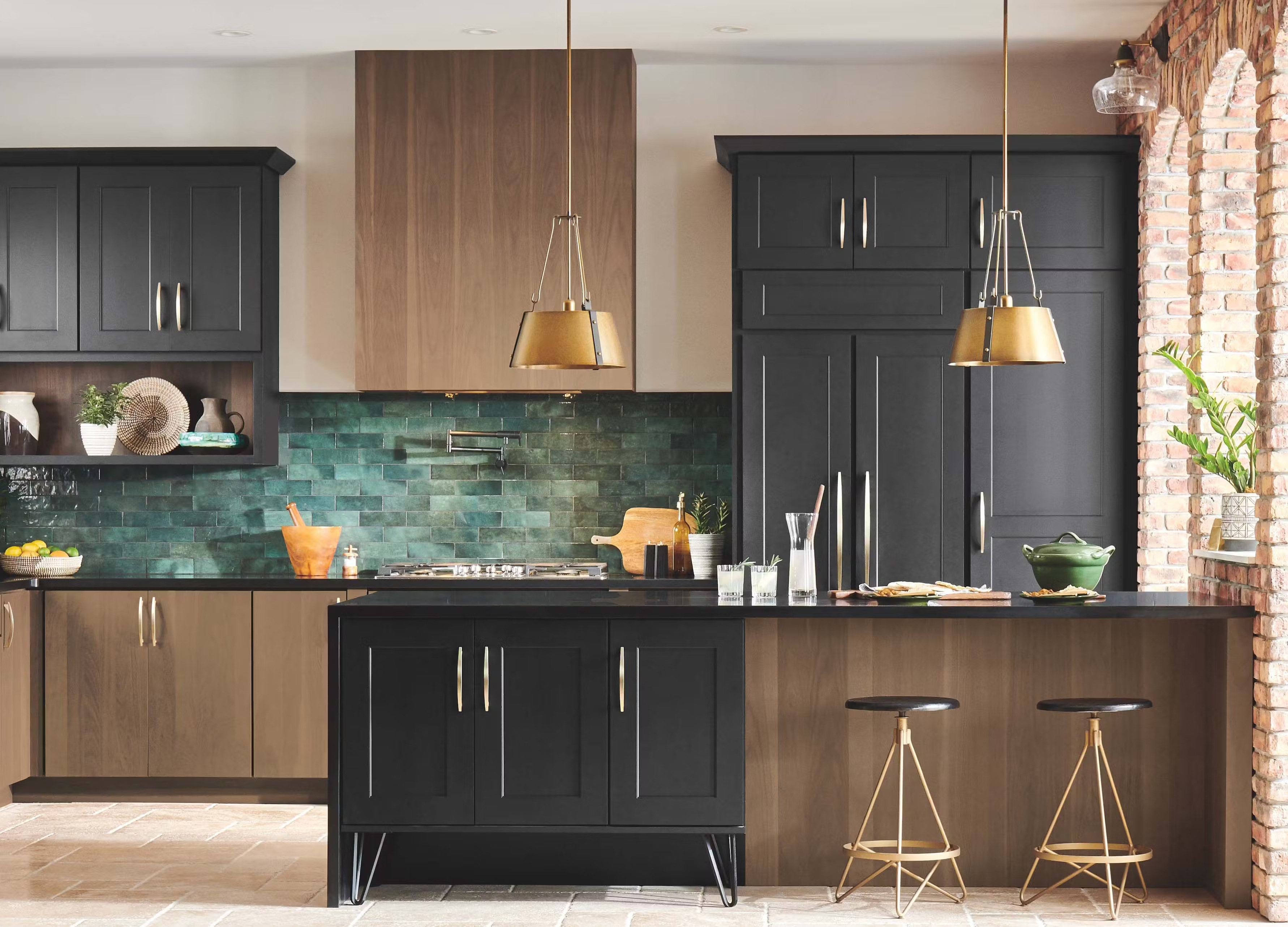
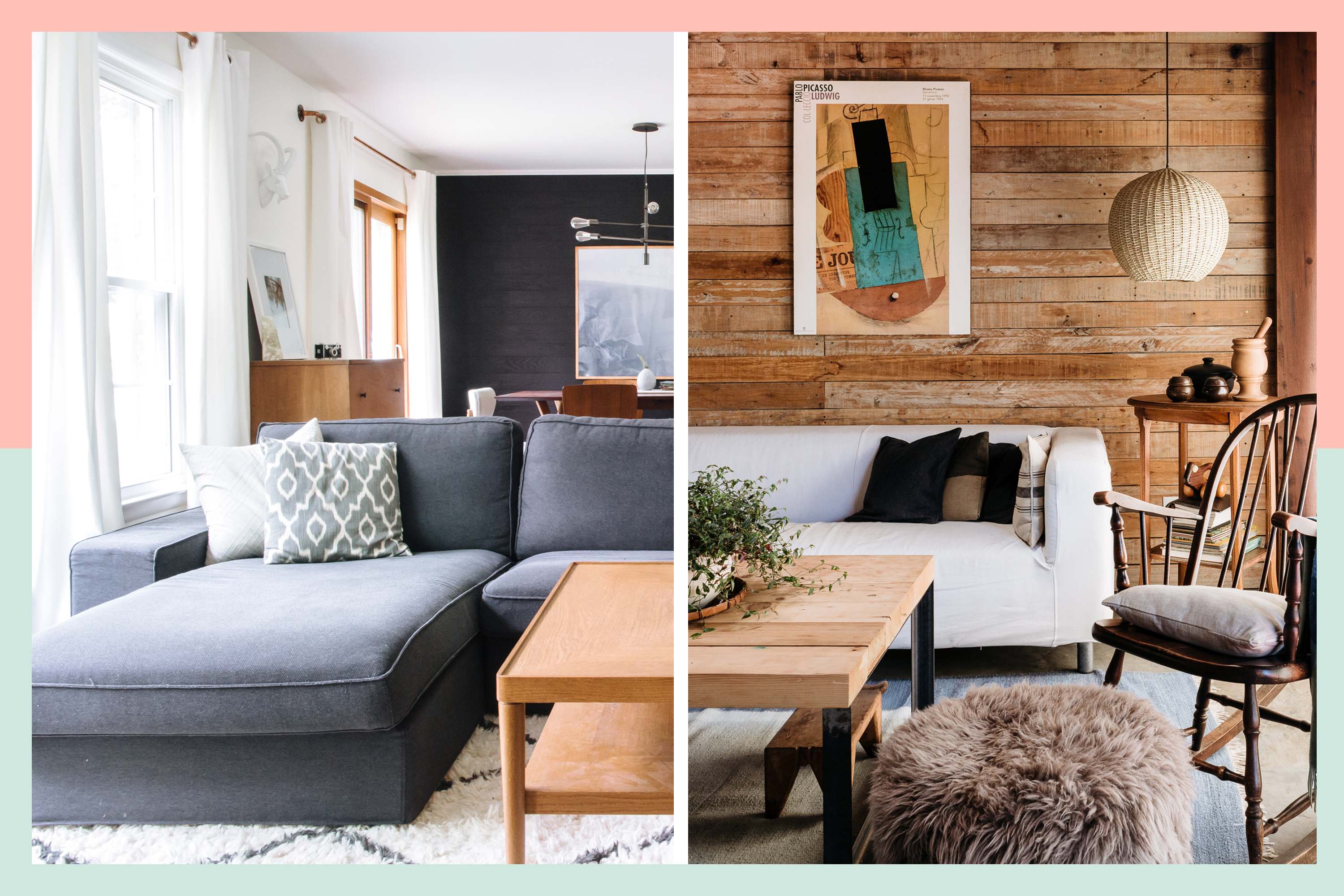
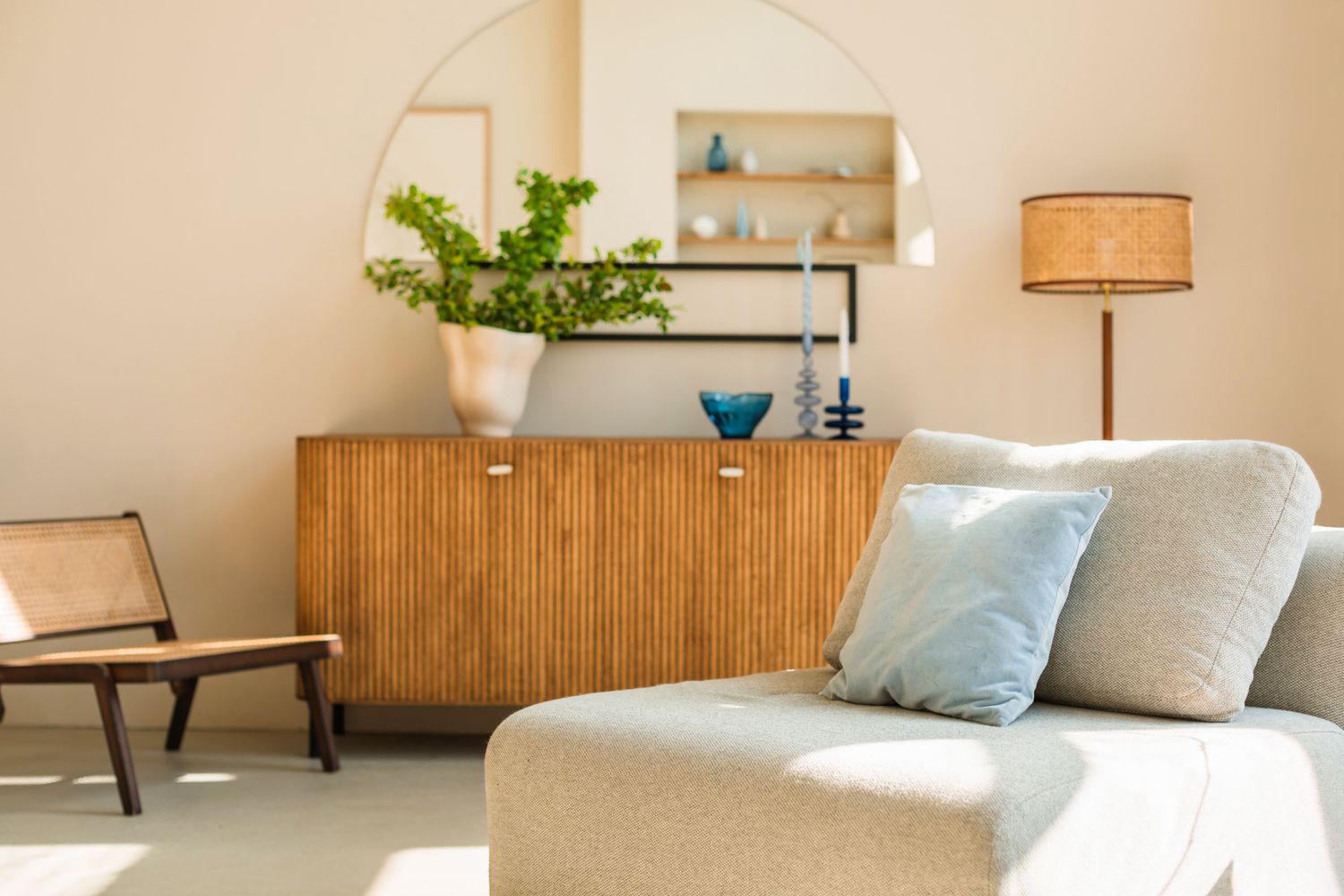
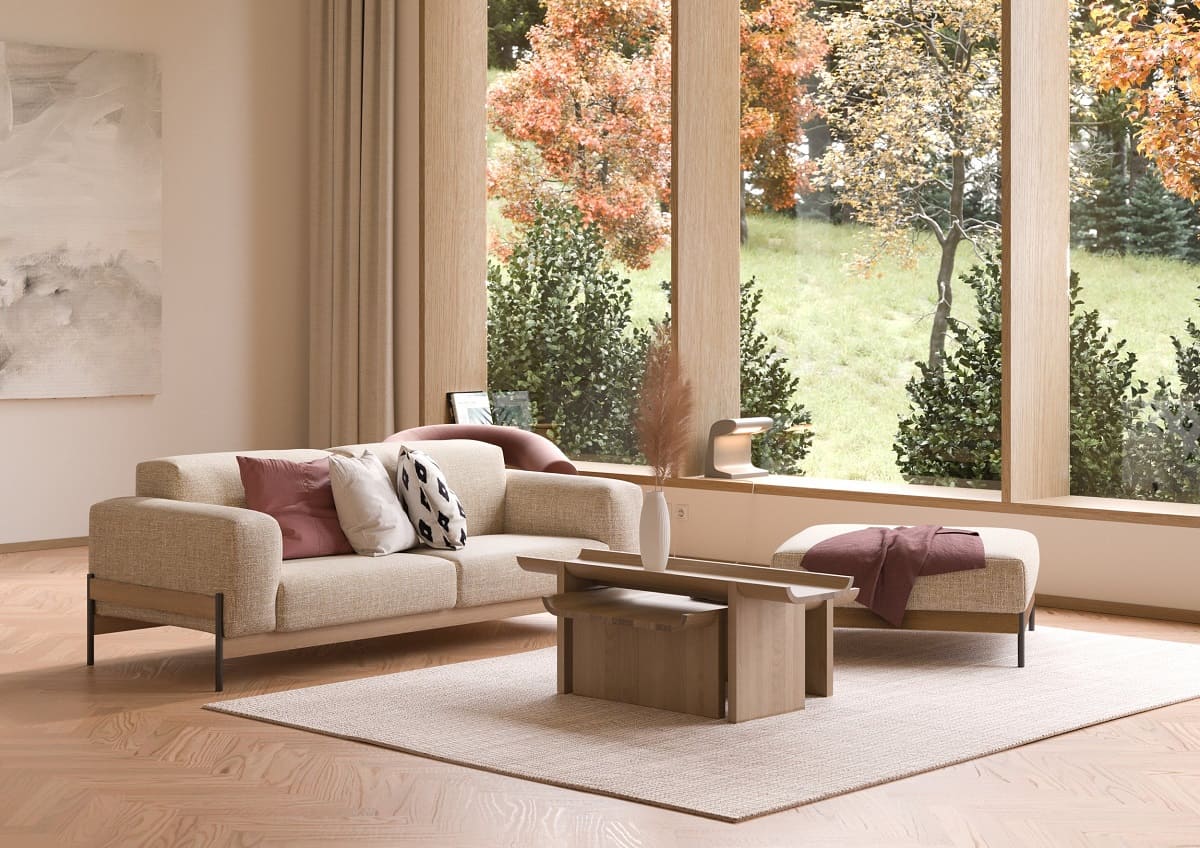
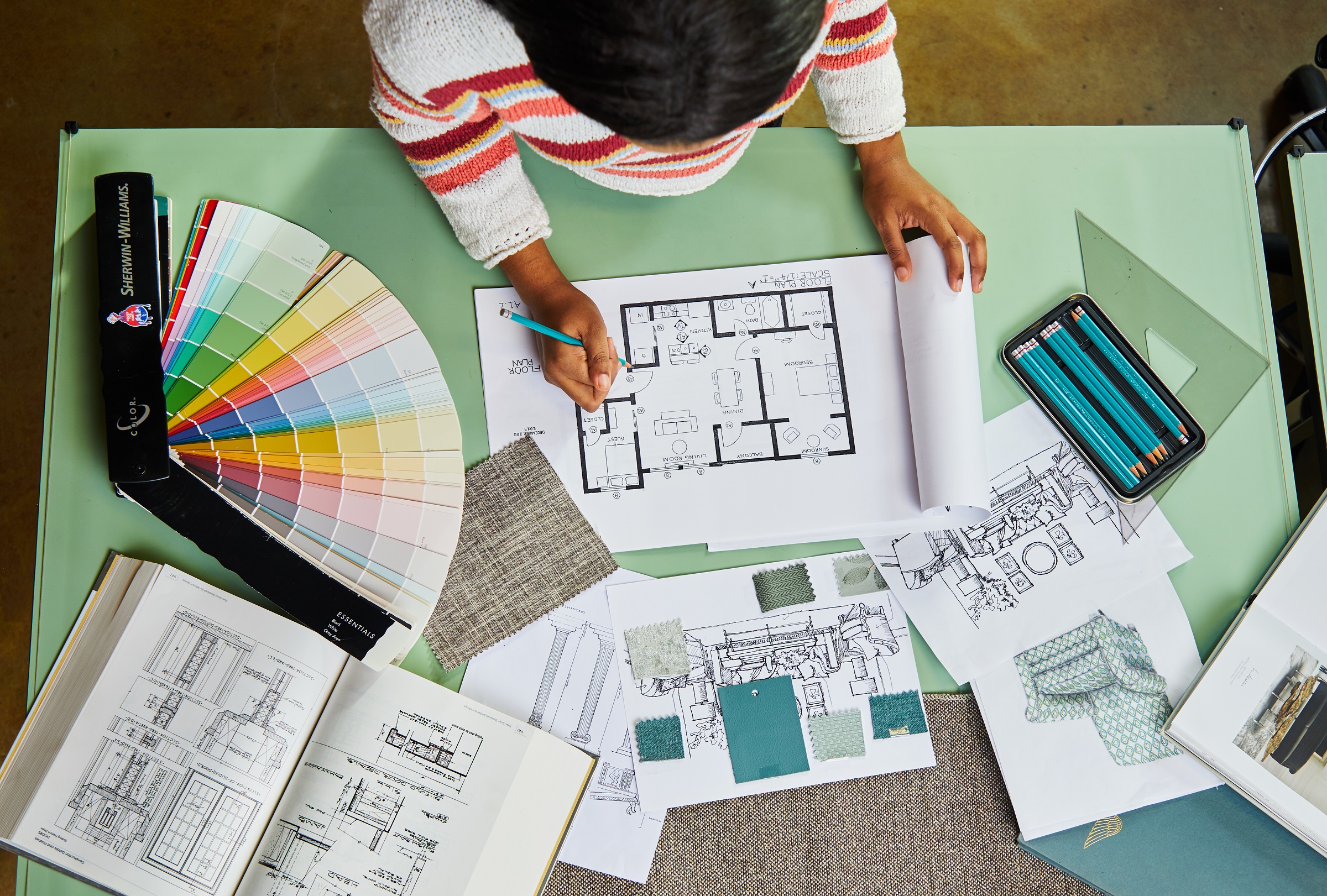
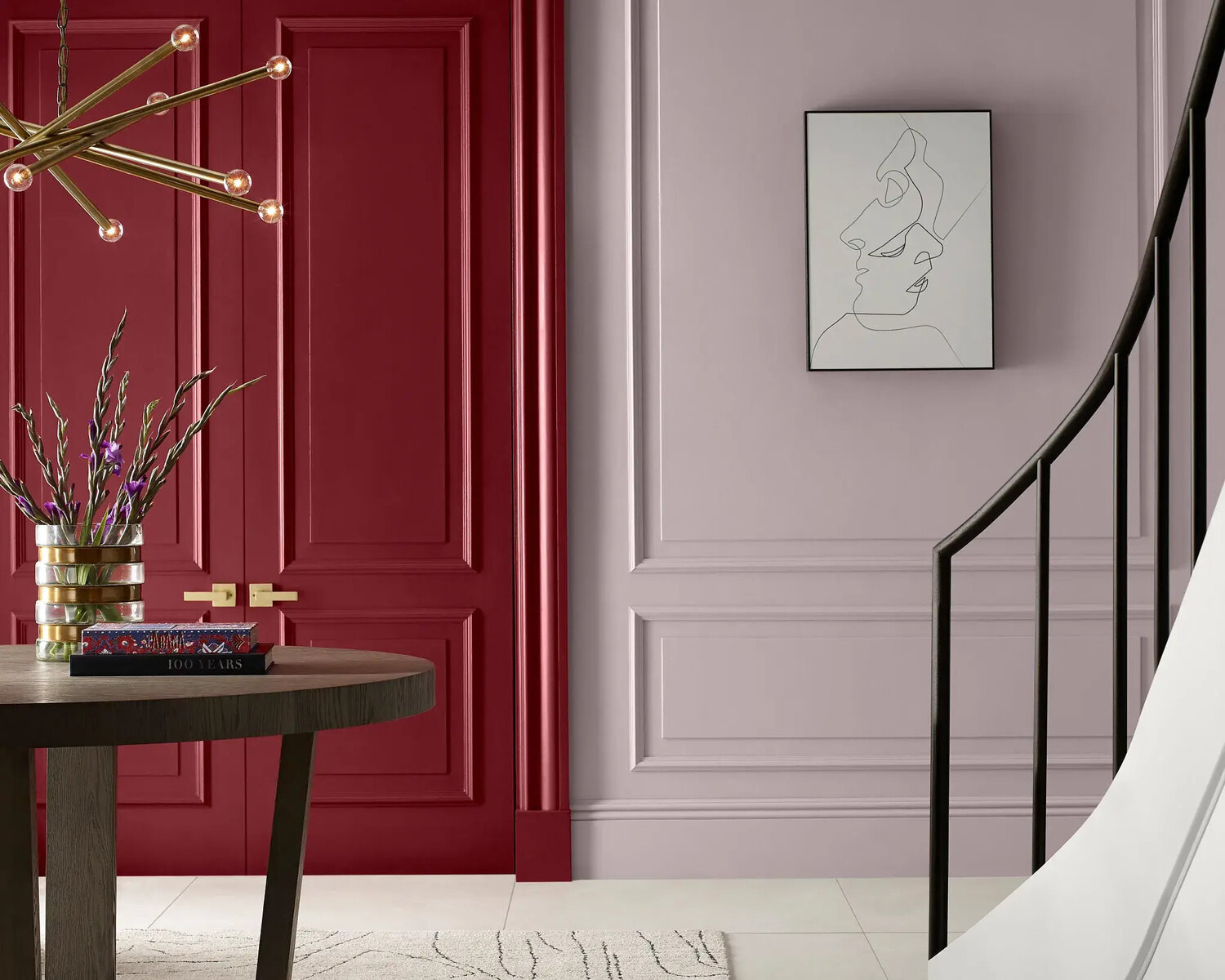
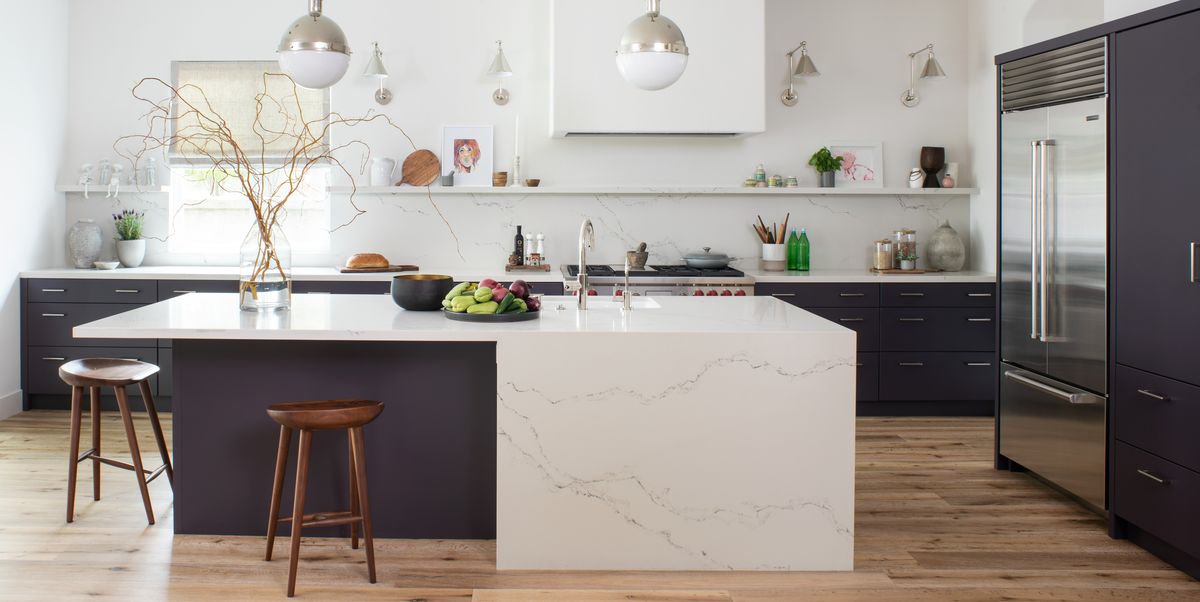
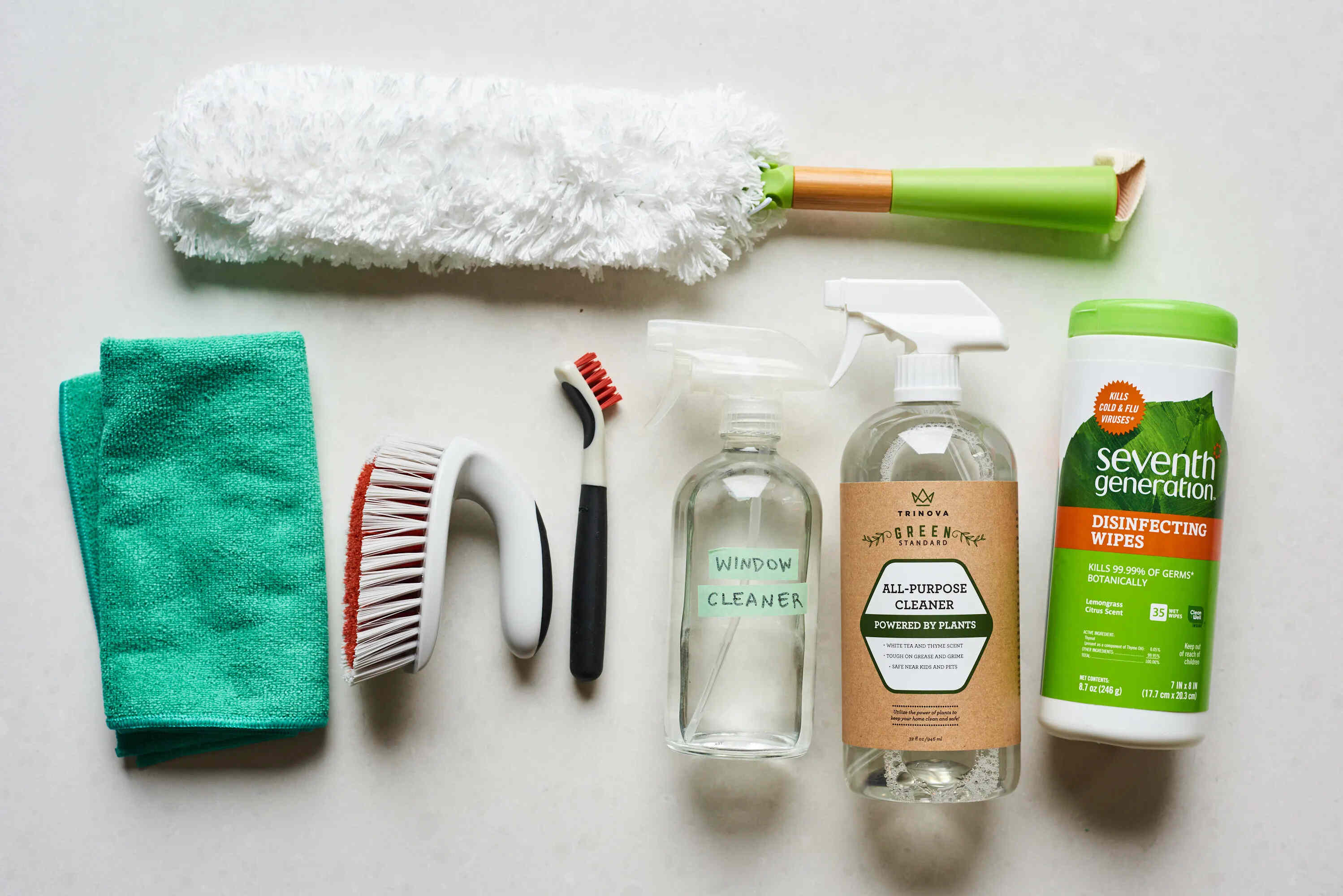
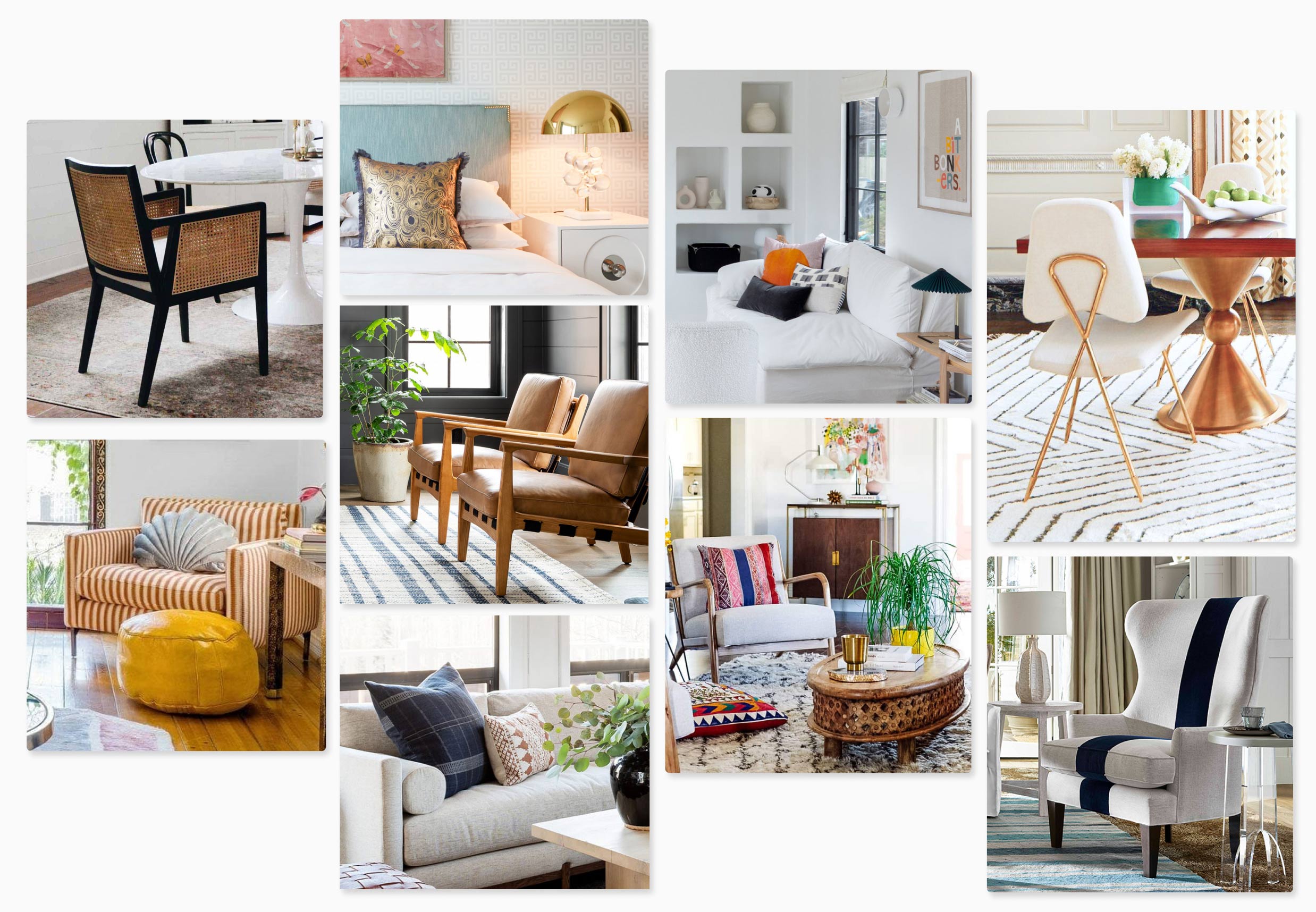
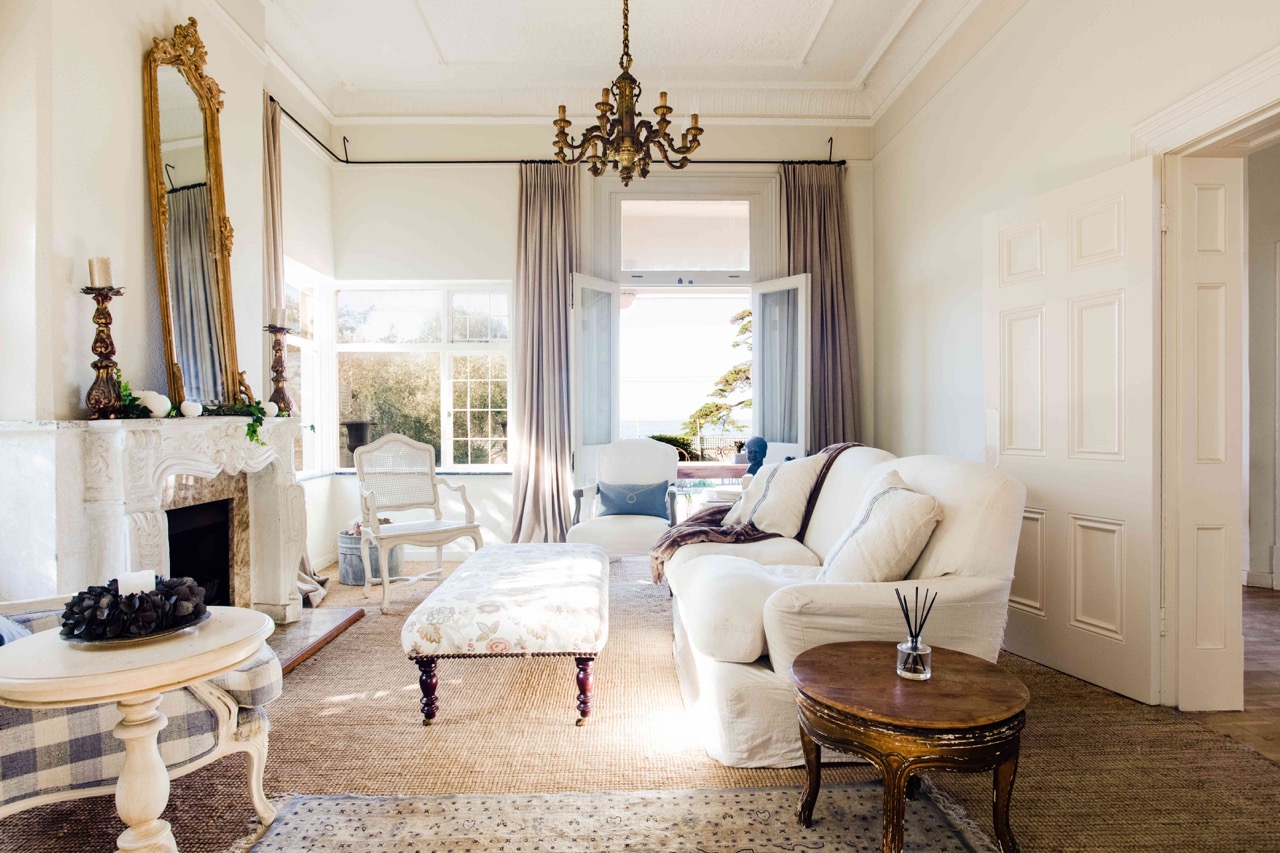
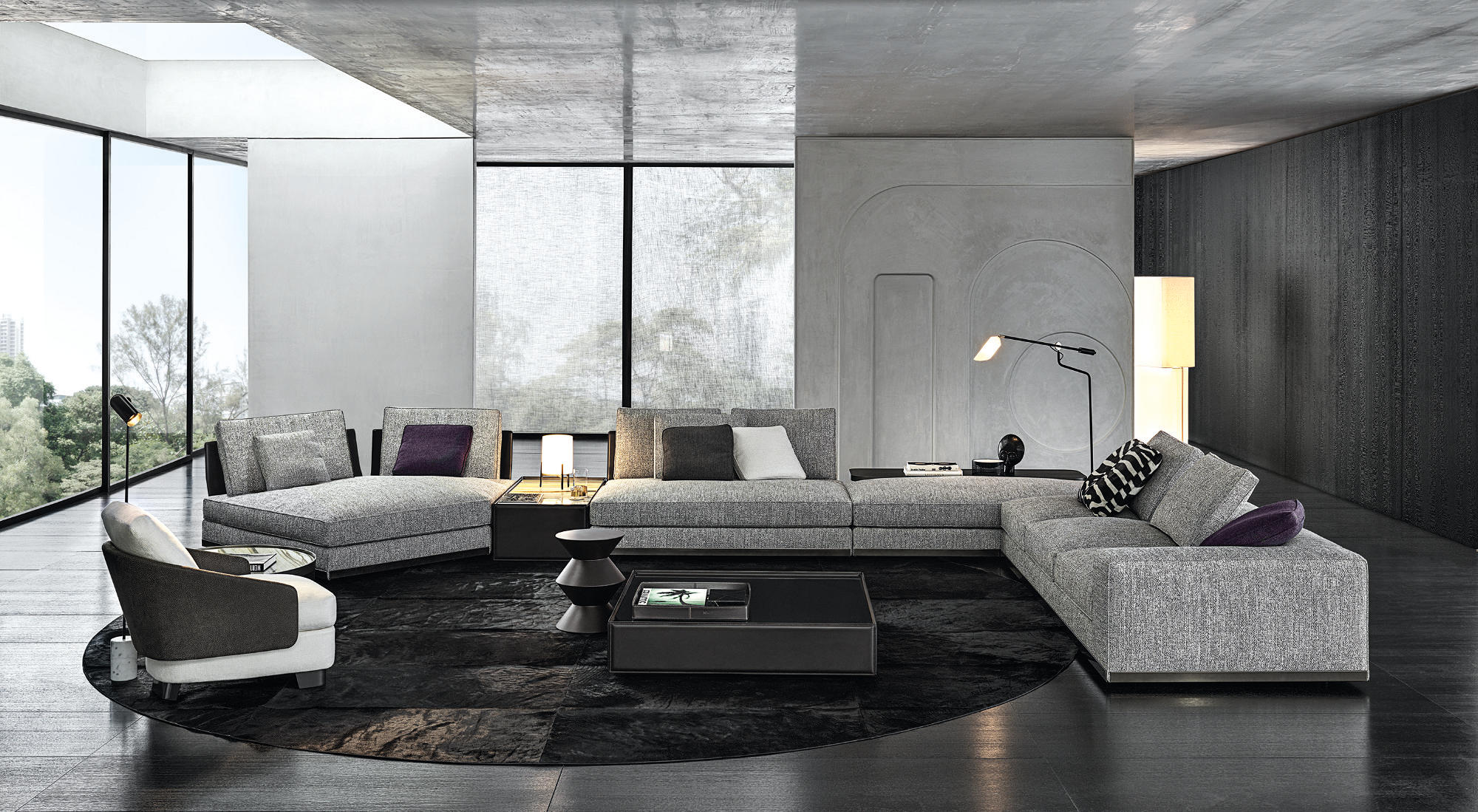
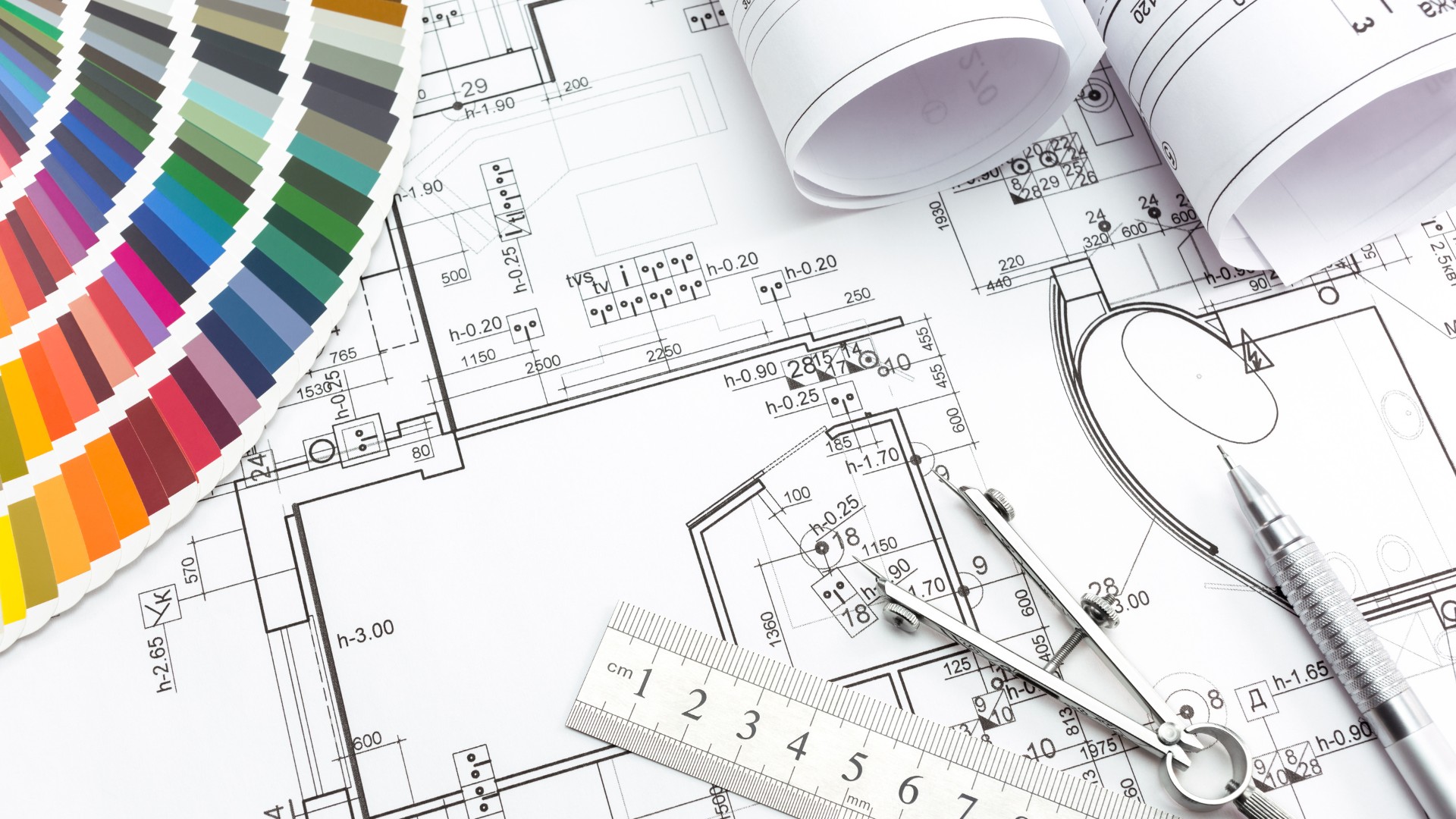
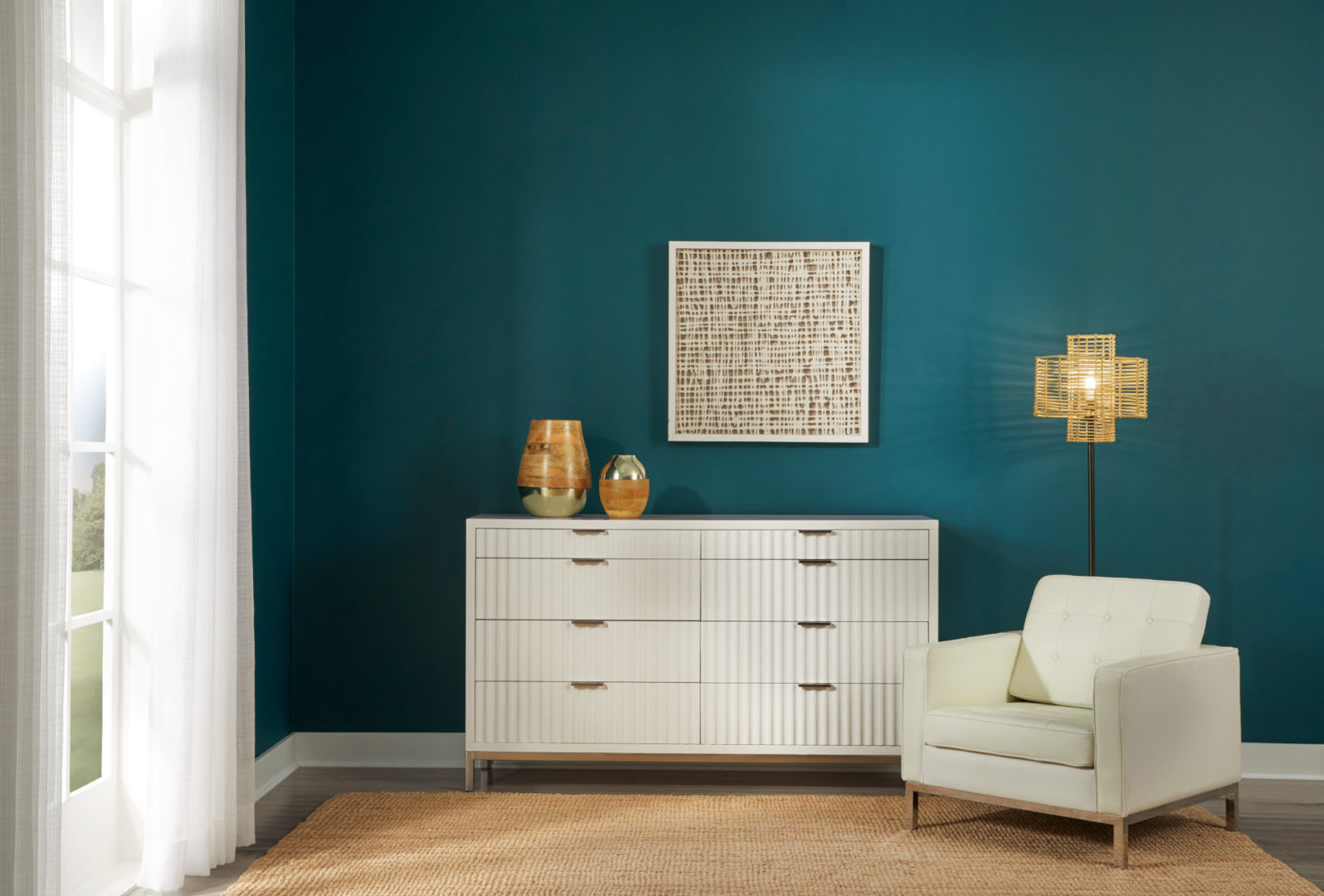

0 thoughts on “10 Interior Design Trends That Will Shape Our Spaces In 2024”